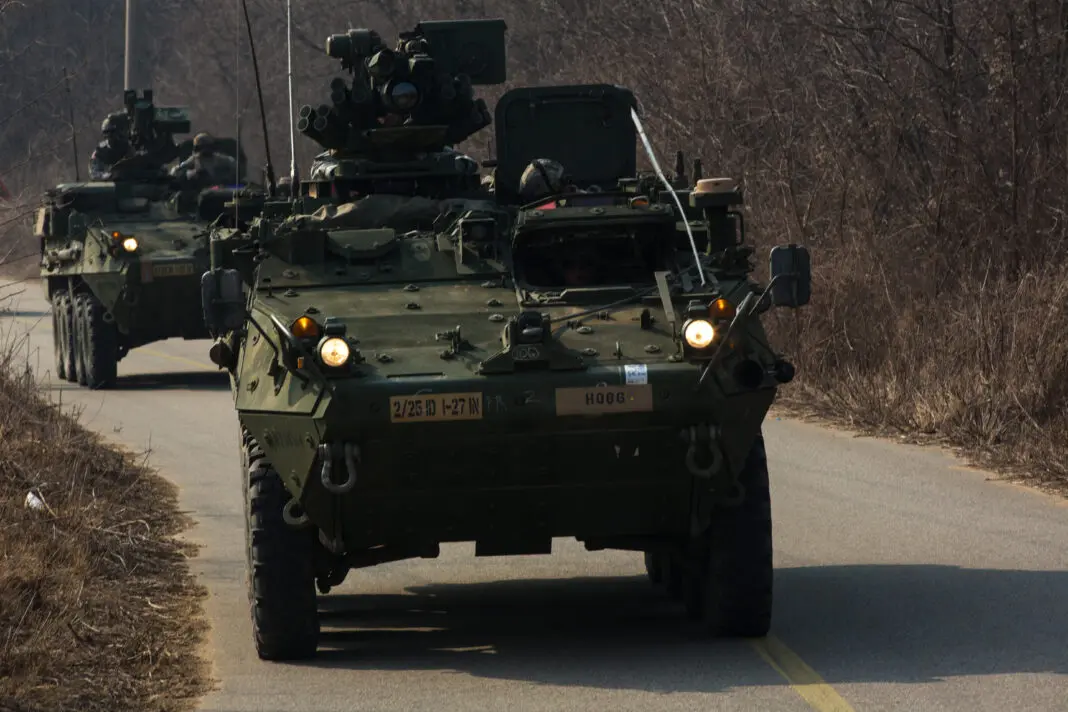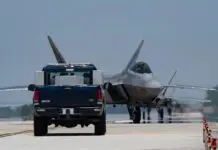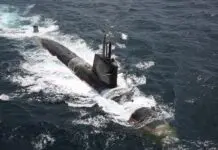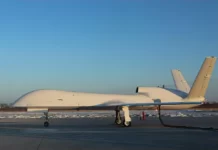With the purchase of F-16 fighters for the Argentine Air Force finalized, another long-awaited equipment upgrade program needing definition is the delayed acquisition of Wheeled Armored Combat Vehicles (or VCBR) for the Argentine Army. As of today, assessing the regional reality in this segment, this force is one of the few that lacks these capabilities to energize its Rapid Deployment Force. The acquisition, delayed for decades, now has the possibility of reaching a decision with the selection of one of the proposals recently submitted by various suppliers.
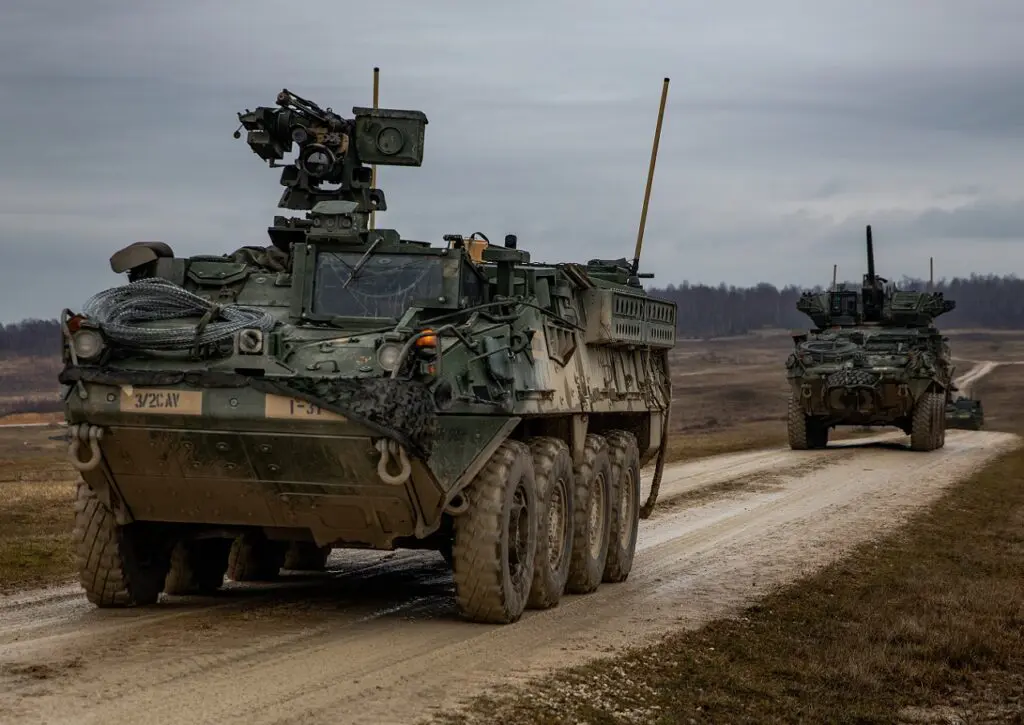
The signing of the Letter of Intent for the 6×6 VCBR Iveco Guarani during the year 2023 seems like it happened ages ago. At that time, it appeared that the armored vehicle manufactured in Brazil would be the winner for the VCBR Program of the Argentine Army. However, the lack of political decision-making, as in the case of the fighter jets by the previous administration, along with Argentina’s delicate financial situation and the lack of guarantees to finance the purchase, led to a delay in the decision and the emergence of other bidders once again.
The latter refers to the proposal revived by the United States based on the M1126 Stryker, which originated several years ago when the State Department authorized the possible sale of 27 units plus associated equipment. As noted, given the renewed alignment of the National Government, the U.S. revived the proposal and offered the possibility of expanding the number of units with options for local production of several of its components in the future.


Another proposal is from General Dynamics Land Systems through the Canadian Commercial Corporation (CCC), which offers its family of 8×8 VCBRs based on the LAV III family. Here arises a question regarding the possibility of incorporating a batch of used units from New Zealand through the NZLAV version. However, these matters have their complexities, as although they are based on the same platform, the mentioned models have different supply and logistics chains.
This gains relevance considering that the Argentine Army’s request, according to its original requirement, is for a family of vehicles based on the same platform, thus reducing maintenance costs by having a single supply chain. As is the case in this type of acquisition, their cost often represents only 1/3 of the total operation if one considers globally the time these systems, whether armored vehicles, aircraft, or ships, serve for years or decades.
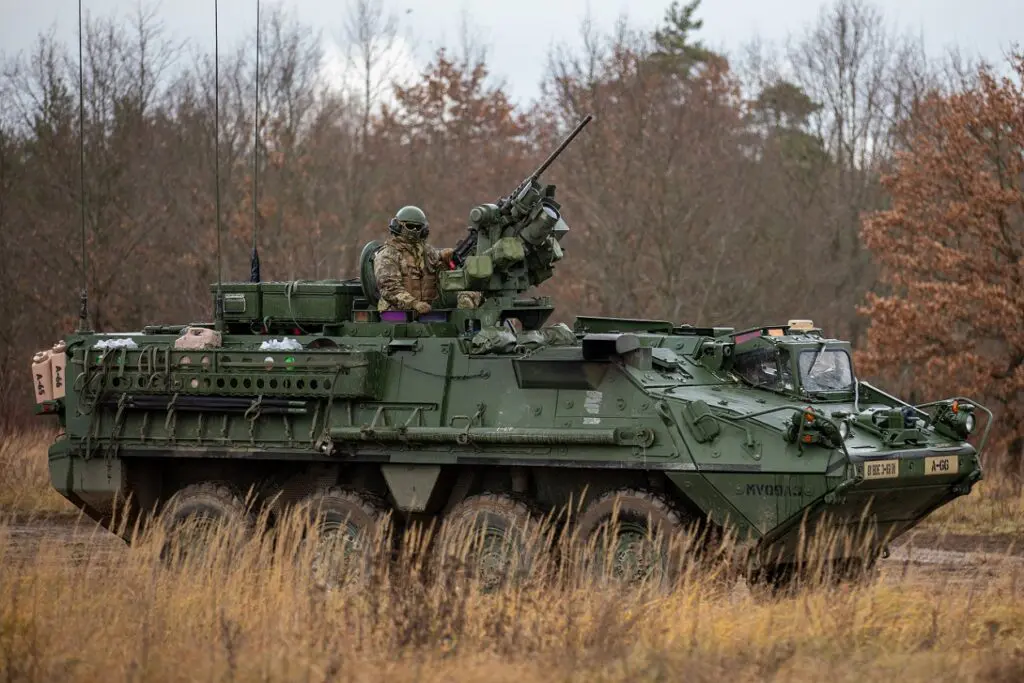
As of today, we still await the decision of the Ministry of Defense to determine which will be the winning proposal among those recently submitted. However, a scenario should be evaluated given the delicate economic and financial situation, which is if the acquisition of an initial batch of VCBRs moves forward, it should not remain as a standalone operation without being complemented later with new batches of equipment. Although the original idea of the Argentine Army is to incorporate the mentioned family of wheeled vehicles, voices have expressed concern that this situation might occur in the case of advancing the purchase of any of the models chosen due to internal political leadership issues, which may not decide to proceed with the acquisition of more units, awaiting improvements in the country’s economic situation. In view of past purchases and experiences, it remains a feasible scenario that should not be repeated.
*Photographs used for illustrative purposes.
You may also like: The purchase of F-16 fighter jets for the Argentine Air Force: a necessary condition but not sufficient to recover the Nation’s Military Instrument


